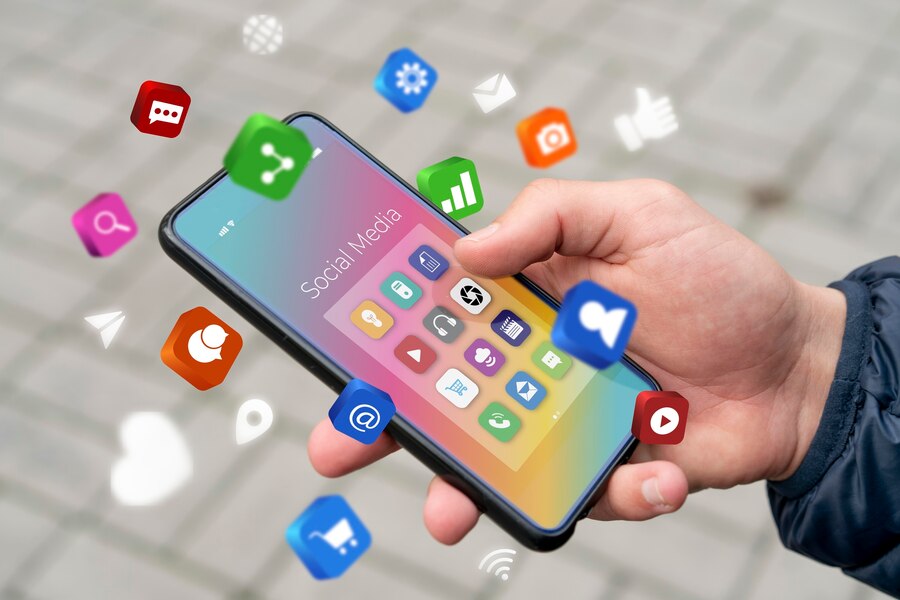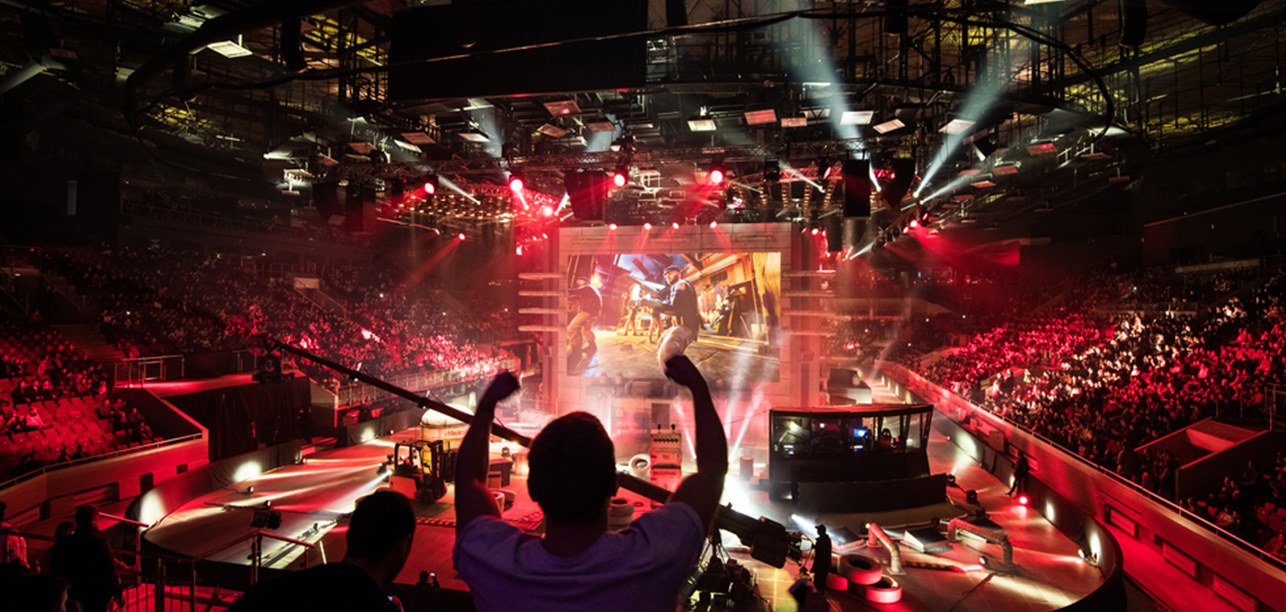
Why Esports Teams Are Expanding Into Content Creation
The esports industry has seen unprecedented growth over the past decade, transforming from a niche community into a multi-billion-dollar global business. While esports teams were once solely focused on competitive gaming, many now prioritise content creation as a key part of their strategy.
This shift is driven by multiple factors: increased fan engagement, diversified revenue streams, and long-term brand sustainability. As streaming platforms like Twitch and YouTube Gaming continue to rise in popularity, esports organisations have recognised the potential of content creation as a means of connecting with audiences beyond tournament days.
In this article, we’ll explore why esports teams are building content, how social media impacts gaming teams, and why esports professionals are becoming streamers. We’ll also highlight case studies of successful esports organisations that have seamlessly integrated content into their brand strategy.
The Evolution of Esports: Beyond Competitive Play

Traditional Revenue Models vs. New Opportunities
Esports teams have traditionally relied on two primary revenue sources: tournament prize money and sponsorships. While these avenues have been lucrative for top-tier teams, they come with unpredictability. Tournament winnings fluctuate based on performance, and sponsorship deals often depend on a team’s exposure and competitive success.
By expanding into content creation, teams can generate more stable and diverse income streams, including:
- Advertising revenue from YouTube and Twitch
- Brand partnerships with gaming and non-gaming companies
- Merchandise sales promoted through digital content
- Exclusive content subscriptions on platforms like Patreon or YouTube memberships
Creating engaging, high-quality content allows teams to build a loyal fanbase that supports them outside of competitive play, making their business model more resilient.
Changing Audience Expectations
Fans today want more than just high-stakes tournament performances. They crave behind-the-scenes access, insight into players’ lives, and interactive content that makes them feel like part of a community.
This shift in audience expectations has encouraged teams to create vlogs, podcasts, challenge videos, and educational gaming content. These efforts help teams remain relevant and keep fans engaged even when they are not competing.
The Role of Social Media in Amplifying Team Presence

The Power of Digital Platforms
Social media has become an essential tool for esports teams looking to expand their brand and interact with fans. Platforms such as Twitter, Instagram, TikTok, and YouTube allow teams to share highlights, interact with their audience, and create viral content.
Successful esports organisations leverage social media in the following ways:
- Live updates during tournaments to keep fans engaged
- Memes and interactive posts to create community engagement
- Behind-the-scenes footage showcasing team culture
- Personal branding for players to help build individual followings
Teams that fail to maintain an active social media presence risk losing relevance in an industry where engagement is a critical success factor.
The Impact of Influencer Collaborations
Many esports teams are now collaborating with influencers, YouTubers, and Twitch streamers to increase their reach. Influencer marketing helps teams attract new fans who might not be avid esports viewers but are loyal to certain content creators.
For instance, 100 Thieves, an esports organisation founded by former Call of Duty professional Matthew “Nadeshot” Haag, has grown into a lifestyle brand by integrating esports, gaming content, and apparel. Their collaborations with mainstream influencers have expanded their audience far beyond traditional esports fans.
Why Esports Professionals Are Transitioning to Streaming
Financial Incentives and Stability
Competitive gaming is highly demanding, and even the best players have limited career spans. Injuries, mental fatigue, and the fast-evolving nature of the industry make long-term sustainability a challenge.
Streaming, on the other hand, provides a steady income stream through:
- Ad revenue and sponsorships
- Twitch subscriptions and donations
- Exclusive content and paid memberships
- Merchandise sales linked to personal branding
For many esports pros, streaming offers greater financial stability than competing in tournaments alone.
Building Personal Brands
Streaming allows players to develop individual identities beyond their esports organisations. This personal branding is essential for long-term career growth, as it enables them to secure independent sponsorships and collaborations.
Popular players like Tyler “Ninja” Blevins and Michael “Shroud” Grzesiek have transitioned from competitive gaming to full-time content creation, capitalising on their influence to grow multi-million-dollar brands.
Longevity and Career Flexibility
Esports careers are often short-lived due to the intense physical and mental demands of competitive gaming. Streaming provides a sustainable alternative, allowing players to remain in the gaming industry without the pressures of constant tournament participation.
Many former esports professionals turn to streaming as a way to stay connected to their fanbase while enjoying a more flexible work-life balance.
Case Studies: Successful Integration of Content Creation
100 Thieves: A Hybrid Esports and Lifestyle Brand
100 Thieves has redefined what it means to be an esports organisation. Founded by former professional gamer Matthew “Nadeshot” Haag, the organisation successfully blends esports, gaming content, and lifestyle branding.
Their content includes:
- High-production-value vlogs and documentaries
- Collaborations with mainstream YouTubers and celebrities
- Gaming-related challenges and entertainment videos
This strategic approach has made 100 Thieves one of the most valuable esports organisations in the world, attracting major investors like Drake and Scooter Braun.
FaZe Clan: From Trickshots to Esports Domination
FaZe Clan started as a group of content creators focused on Call of Duty trickshot videos. Over time, they expanded into competitive esports while maintaining their stronghold in content creation.
Today, FaZe Clan has a vast portfolio of:
- Esports teams competing in multiple games
- YouTube and Twitch content creators
- A thriving merchandise business
- Celebrity collaborations with musicians and athletes
Their success proves that content-driven brands can thrive in esports without solely relying on tournament winnings.
Challenges and Considerations in Content Creation
Maintaining Competitive Performance
While content creation is lucrative, teams must balance it with their competitive priorities. Overcommitment to content production can detract from practice and preparation, potentially affecting in-game performance.
To avoid this, many teams implement structured schedules that allocate time for both training and content production.
Avoiding Burnout
Creating regular content, engaging with fans, and maintaining high-level competitive play can be exhausting. Mental health and work-life balance should be prioritised to prevent burnout among players and content creators.
Teams like Cloud9 and G2 Esports actively support their players by providing wellness programs and ensuring they have adequate downtime.
The Future of Content Creation in Esports
The Rise of Virtual Reality and Augmented Reality
As technology evolves, esports teams will experiment with virtual reality (VR) and augmented reality (AR) content. This could include:
- VR gaming streams that offer immersive experiences for fans
- AR-enhanced live events with interactive elements
Educational and Skill-Based Content
Esports teams are beginning to offer educational content, including:
- Coaching and tutorials for aspiring gamers
- Game strategy breakdowns by professional players
This type of content not only engages audiences but also establishes the team as an authority in their respective games.
The Future of Esports: Where Content Meets Competition

Esports teams expanding into content creation is a natural evolution in the industry. By diversifying revenue streams, leveraging social media, and empowering players to build personal brands, teams can secure long-term sustainability beyond competitive gaming.
As the gaming landscape continues to evolve, the integration of esports and content creation will only grow stronger. Fans and aspiring gamers can support their favourite teams by subscribing to their content, engaging on social media, and purchasing official merchandise.
What do you think about the growing role of content creation in esports? Share your thoughts in the comments!


